Bernd Jähne9783540240358, 3-540-24035-7
Table of contents :
Digital Image Processing, 6th Revised and Extended Edition……Page 3
Preface……Page 5
Contents……Page 9
Part I Foundation……Page 15
1.1 A Tool for Science and Technique……Page 17
1.2 Examples of Applications……Page 18
1.3 Hierarchy of Image Processing Operations……Page 29
1.5 Cross-disciplinary Nature of Image Processing……Page 31
1.6 Human and Computer Vision……Page 32
1.7 Components of an Image Processing System……Page 35
1.8 Exercises……Page 40
1.9 Further Readings……Page 42
2.2 Spatial Representation of Digital Images……Page 45
2.3 Wave Number Space and Fourier Transform……Page 55
2.4 Discrete Unitary Transforms……Page 77
2.5 Fast Algorithms for Unitary Transforms……Page 81
2.6 Exercises……Page 91
2.7 Further Readings……Page 94
3.1 Introduction……Page 95
3.2 Random Variables……Page 97
3.3 Multiple Random Variables……Page 101
3.4 Probability Density Functions……Page 105
3.5 Stochastic Processes and Random Fields……Page 112
3.6 Exercises……Page 116
3.7 Further Readings……Page 118
4.1 Basic Properties and Purpose……Page 119
4.2 Linear Shift-Invariant Filters……Page 122
4.3 Rank Value Filters……Page 133
4.4 LSI-Filters: Further Properties……Page 134
4.5 Recursive Filters……Page 136
4.6 Exercises……Page 145
4.7 Further Readings……Page 148
5.1 Scale……Page 149
5.2 Multigrid Representations……Page 152
5.3 Scale Spaces……Page 158
5.4 Exercises……Page 166
5.5 Further Readings……Page 167
Part II Image Formation and Preprocessing……Page 169
6.1 Introduction……Page 171
6.2 Radiometry, Photometry, Spectroscopy, and Color……Page 173
6.3 Waves and Particles……Page 182
6.4 Interactions of Radiation with Matter……Page 188
6.5 Exercises……Page 200
6.6 Further Readings……Page 201
7.2 World and Camera Coordinates……Page 203
7.3 Ideal Imaging: Perspective Projection……Page 206
7.4 Real Imaging……Page 209
7.5 Radiometry of Imaging……Page 215
7.6 Linear System Theory of Imaging……Page 219
7.7 Homogeneous Coordinates……Page 226
7.8 Exercises……Page 228
7.9 Further Readings……Page 229
8.1 Basics……Page 231
8.2 Depth from Triangulation……Page 235
8.3 Depth from Time-of-Flight……Page 242
8.5 Shape from Shading……Page 243
8.6 Depth from Multiple Projections: Tomography……Page 249
8.7 Exercises……Page 255
8.8 Further Readings……Page 256
9.1 Definition and Effects of Digitization……Page 257
9.2 Image Formation, Sampling, Windowing……Page 259
9.3 Reconstruction from Samples……Page 263
9.4 Multidimensional Sampling on Nonorthogonal Grids……Page 265
9.5 Quantization……Page 267
9.6 Exercises……Page 268
9.7 Further Readings……Page 269
10.1 Introduction……Page 271
10.2 Homogeneous Point Operations……Page 272
10.3 Inhomogeneous Point Operations……Page 282
10.4 Geometric Transformations……Page 289
10.5 Interpolation……Page 293
10.6 Optimized Interpolation……Page 300
10.7 Multichannel Point Operations……Page 305
10.8 Exercises……Page 307
10.9 Further Readings……Page 309
Part III Feature Extraction……Page 311
11.2 General Properties of Averaging Filters……Page 313
11.3 Box Filter……Page 316
11.4 Binomial Filter……Page 320
11.5 Efficient Large-Scale Averaging……Page 326
11.6 Nonlinear Averaging……Page 335
11.7 Averaging in Multichannel Images……Page 340
11.8 Exercises……Page 342
11.9 Further Readings……Page 344
12.1 Introduction……Page 345
12.2 Differential Description of Signal Changes……Page 346
12.3 General Properties of Edge Filters……Page 349
12.4 Gradient-Based Edge Detection……Page 352
12.5 Edge Detection by Zero Crossings……Page 359
12.6 Optimized Edge Detection……Page 361
12.7 Regularized Edge Detection……Page 363
12.8 Edges in Multichannel Images……Page 367
12.9 Exercises……Page 369
12.10 Further Readings……Page 371
13.1 Introduction……Page 373
13.2 Properties of Simple Neighborhoods……Page 374
13.3 First-Order Tensor Representation……Page 378
13.4 Local Wave Number and Phase……Page 389
13.5 Further Tensor Representations……Page 398
13.6 Exercises……Page 409
13.7 Further Readings……Page 410
14.1 Introduction……Page 411
14.2 Basics……Page 412
14.3 First-Order Differential Methods……Page 427
14.4 Tensor Methods……Page 432
14.5 Correlation Methods……Page 437
14.6 Phase Method……Page 440
14.7 Additional Methods……Page 442
14.9 Further Readings……Page 448
15.1 Introduction……Page 449
15.2 First-Order Statistics……Page 452
15.3 Rotation and Scale Variant Texture Features……Page 456
15.5 Further Readings……Page 460
Part IV Image Analysis……Page 461
16.2 Pixel-Based Segmentation……Page 463
16.3 Edge-Based Segmentation……Page 467
16.4 Region-Based Segmentation……Page 468
16.5 Model-Based Segmentation……Page 472
16.6 Exercises……Page 475
16.7 Further Readings……Page 476
17.1 Introduction……Page 477
17.2 Continuous Modeling I: Variational Approach……Page 480
17.3 Continuous Modeling II: Diffusion……Page 487
17.4 Discrete Modeling: Inverse Problems……Page 492
17.5 Inverse Filtering……Page 500
17.6 Further Equivalent Approaches……Page 506
17.7 Exercises……Page 512
17.8 Further Readings……Page 514
18.2 Neighborhood Operations on Binary Images……Page 515
18.3 General Properties……Page 517
18.4 Composite Morphological Operators……Page 520
18.5 Exercises……Page 526
18.6 Further Readings……Page 528
19.2 Representation of Shape……Page 529
19.3 Moment-Based Shape Features……Page 534
19.4 Fourier Descriptors……Page 536
19.5 Shape Parameters……Page 542
19.6 Exercises……Page 545
19.7 Further Readings……Page 546
20.1 Introduction……Page 547
20.2 Feature Space……Page 550
20.3 Simple Classification Techniques……Page 557
20.4 Exercises……Page 562
20.5 Further Readings……Page 563
Part V Reference Part……Page 565
A Reference Material……Page 567
B Notation……Page 591
Bibliography……Page 599
Index……Page 611
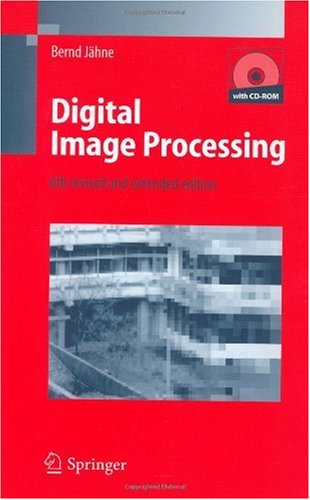
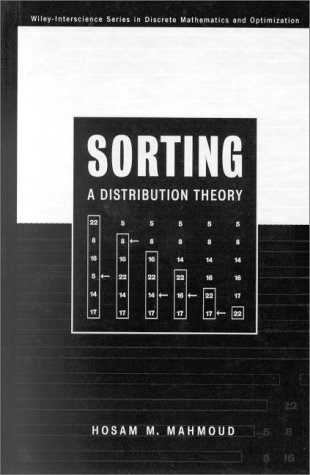
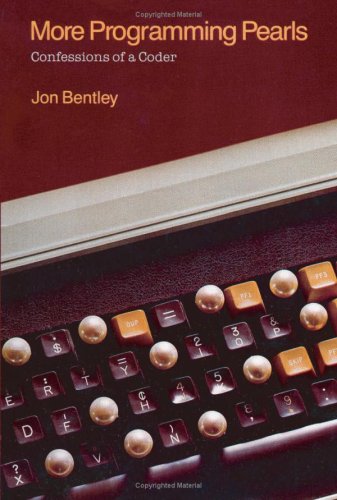
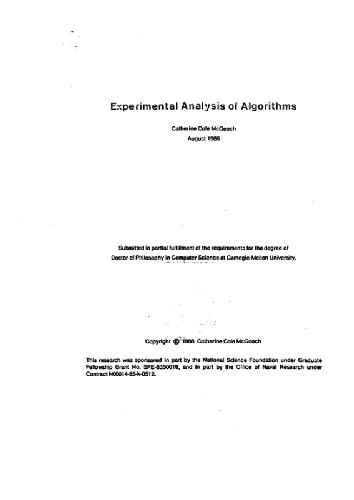
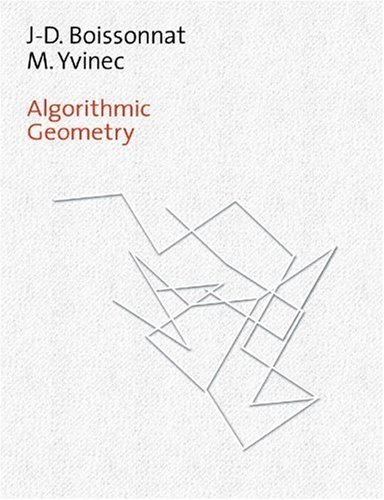
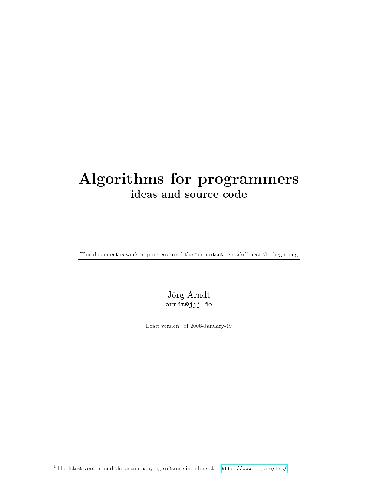

Reviews
There are no reviews yet.